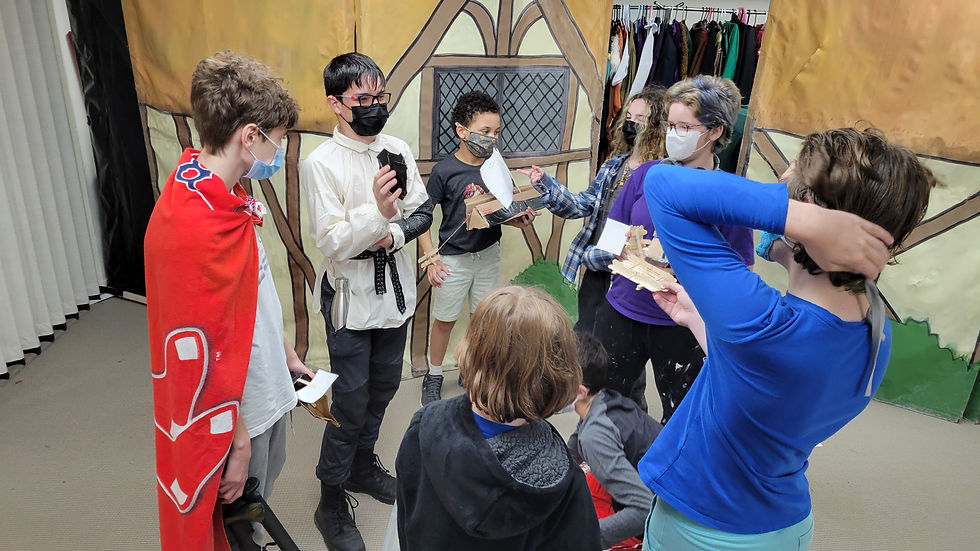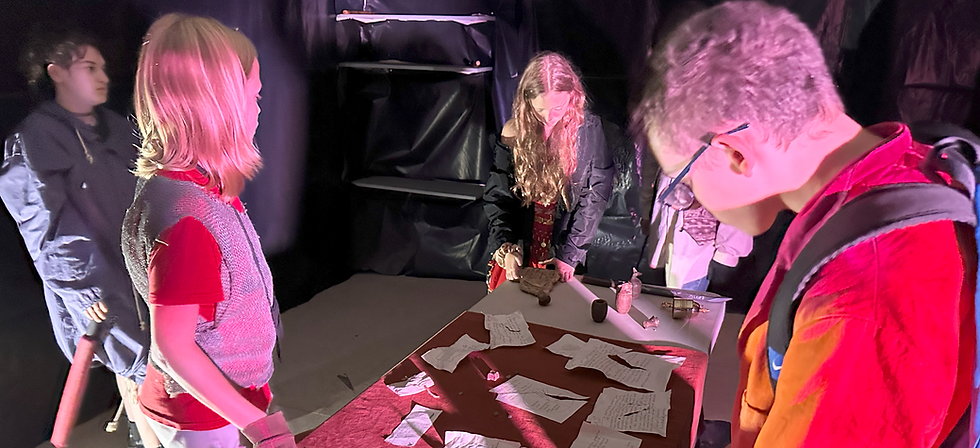Safe to Fail
- Elise Wiley

- May 4, 2022
- 2 min read
Updated: Dec 5, 2024
In order to reach their full potential, students need to be engaged in a learning environment where they feel safe to fail. John Dewey said it best: "Failure is instructive. The person who really thinks learns quite as much from his failures as from his successes."
But simply telling a group of students to go out there and fail, won’t cut it. In order for students to gain the benefits of learning from their failures, you need to foster an environment of acceptance and safety where they feel it is safe to take chances, to succeed, and to fail.
Shared experiences, and shared stories can help foster a sense of belonging among students. Immersing students together in an experience, with shared struggles, and obstacles can help them form bonds. These bonds in turn help them feel safe enough to venture out and find more trials and tribulations, to take more chances, to learn more things.

Community acceptance is as important to creating a successful learning environment as the curriculum itself. Non-traditional education has a bit of an advantage when it comes to creating shared experiences for students. Since not everyone seeks out a non-traditional way of learning, the fact that two students find themselves together in a program, may be enough of a shared experience to form initial feelings of friendship and community.
The right program can be a shared experience in and of itself. A community full of like minded individuals, with a shared set of experiences is part of the reason that fantasy role playing games, like Dungeons & Dragons, find such success in connecting individuals from across social networks. Players are immersed in a fantasy world, with a common environment, set of rules, and desire to play. Individuals with nothing else in common, can find themselves bonded through the shared experience of the game, overcoming trials, and succeeding or failing at tasks together.
The community and engagement created by these games, makes them ripe to be used as tools for fostering open, and accepting educational environments. Students share a world, and are already motivated to play the game. Not only are they bonded through an accepting environment, but they are given a relatively consequence free setting in which to explore, learn, fail, and grow.

Provided with the right set of curriculum, resources, and obstacles, students actively engaged in this type of learning environment could undertake lessons in everything from public speaking, to conflict resolution, to geometry, and language.





Comments